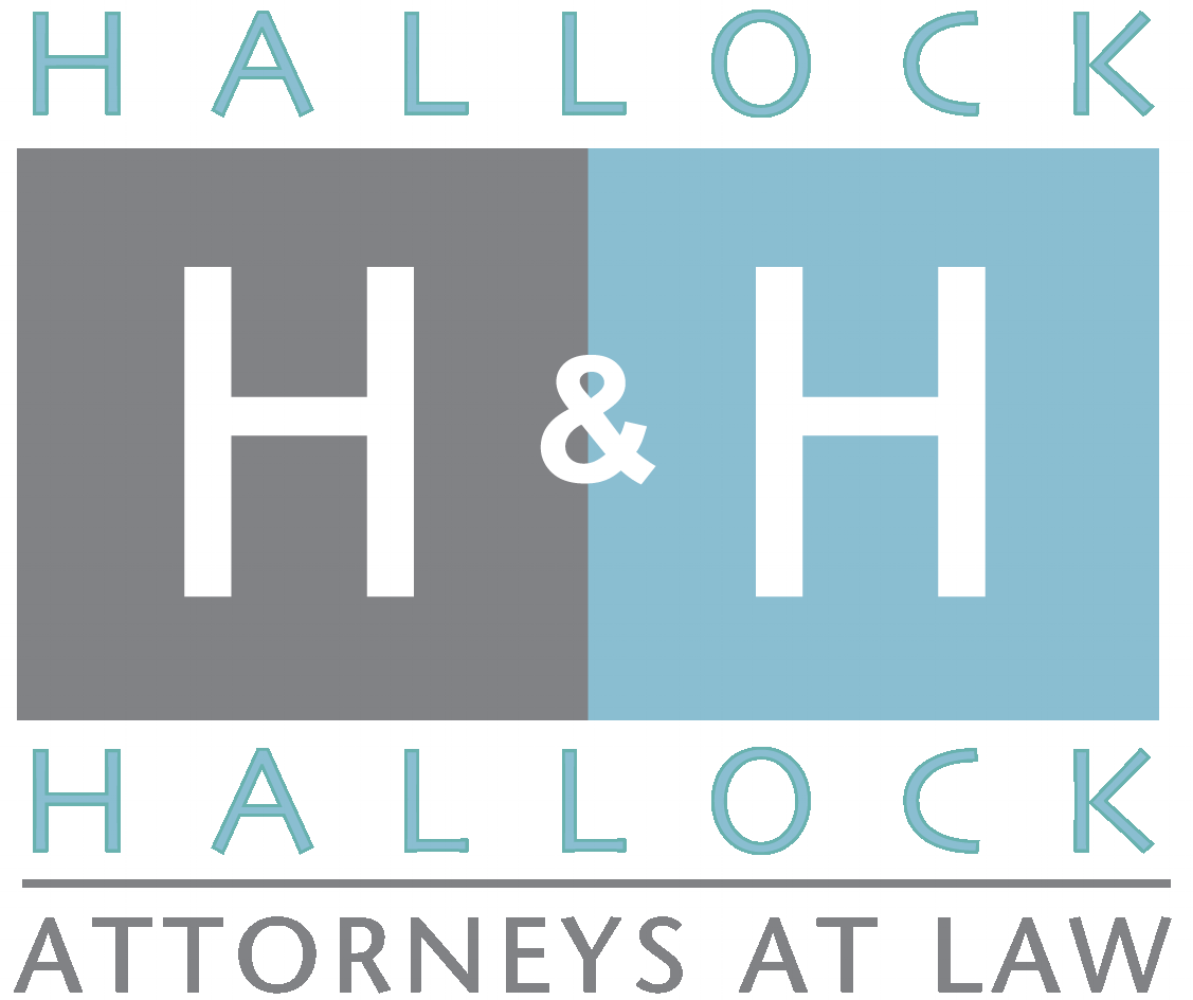Why the New Tax Law Will Make 2025 an Important Year for Charitable Giving
The recent enactment of the new tax law referred to as OBBBA will result in some significant changes to tax laws related to charitable giving. Some of these changes will go into effect as soon as this year (2025). Here is a summary of some of the changes:
Starting in 2026, if you do not itemize, you can still claim an above the line charitable deduction of up to $1,000 for single filers or $2,000 for married couples filing jointly. Only cash gifts qualify and gifts to donor advised funds, private nonoperating foundations and support organizations won’t count. It is estimated that 90% of taxpayers do not itemize and this may, therefore, incentivize giving in this demographic. As a side note, the standard deduction will be increased to $15,750 for single filers and $31,500 for joint filers for 2025, so even more people may only take the standard deduction.
For those who itemize, starting in 2026, a 0.5% floor will apply to charitable deductions. This means that only the portion of a taxpayer’s charitable contributions that exceed 0.5% of their adjusted gross income (AGI) will be deductible. The amount of giving up to 0.5% of AGI is non-deductible. By way of example, if your AGI is $100,000 and you have made $2,000 in charitable gifts, you will only be able to deduct $1,500 (0.5% of $100,000 equals $500 which is non-deductible).
Along the same lines, starting in 2026, for a corporation the floor is 1% with an addition of a cap of 10%. Therefore, if a corporation has AGI of $500,000 the first $5,000 in giving would not be deductible and anything over $50,000 would likewise not be deductible. This should only apply to entities taxed as C Corps as S Corp donations should pass through to the individual owners. The law does allow corporations to carry forward the tax benefit for 5 years.
Again, beginning in 2026, for those individuals that find themselves in the highest 37% tax bracket there is a maximum 35% tax savings rate for itemized deductions such as charitable gifts.
An existing rule regarding maximum deductions that was scheduled to expire was made permanent. You can only deduct cash donations up to 60% of your AGI in the year you make them (gifts to donor-advised funds and private foundations can be more limited).
Tax credit for cash gifts to state-certified K-12 scholarship-granting organizations. The maximum credit is $1,700 for an individual and $3,400 for joint filers.
So what can you do in 2025? If you itemize, bunching will become an increasingly important tax strategy in charitable giving and to avoid the floor that will be coming in 2026, 2025 is the year to do your giving. Bunching is the strategic planning strategy where you make two years of charitable gifts in one year with no gifts in the off year.
Here is an example of how you can benefit. Bill and Jane have $29,000 of itemized deductions in 2025 including $15,000 of gifts to a donor advised fund. Because they are below the standard deduction, they would take the standard deduction in 2025 of $31,500. If the same scenario plays out in 2026, they would still be below estimated $33,100 standard deduction. By taking the standard deduction, they will deduct a total of $64,600 over that two-year period. If instead, they pushed their planned charitable gift of $15,000 for 2026 into 2025, their total itemized deductions for 2025 would be $44,000. Then the next year they take the standard deduction of $33,100. The total deductions are now $77,100 over that same two-year period, an increase of $12,500. In addition, by making the gift in 2025 instead of 2026 it is not subject to the 0.5% floor. Even better.
This type of bunching works particularly well with a donor advised fund. With the donor advised fund you can still stream out your gifts to charity over the full two-year period.
One note of caution, if you are over age 70½ and have tax-deferred retirement accounts, throw this and any other strategy out the window unless and until you exceed your annual qualified charitable distribution (QCD) limit. The QCD is a direct gift from your retirement account to a qualified charity and it will provide the best tax benefits out there for charitable giving. The current maximum annual QCD limit is $108,000 per individual.
This post is for informational purposes only and not for the purpose of providing legal advice. You should contact an attorney to obtain advice with respect to any particular issue or problem. Nothing herein creates an attorney-client relationship between Hallock & Hallock and the reader.

